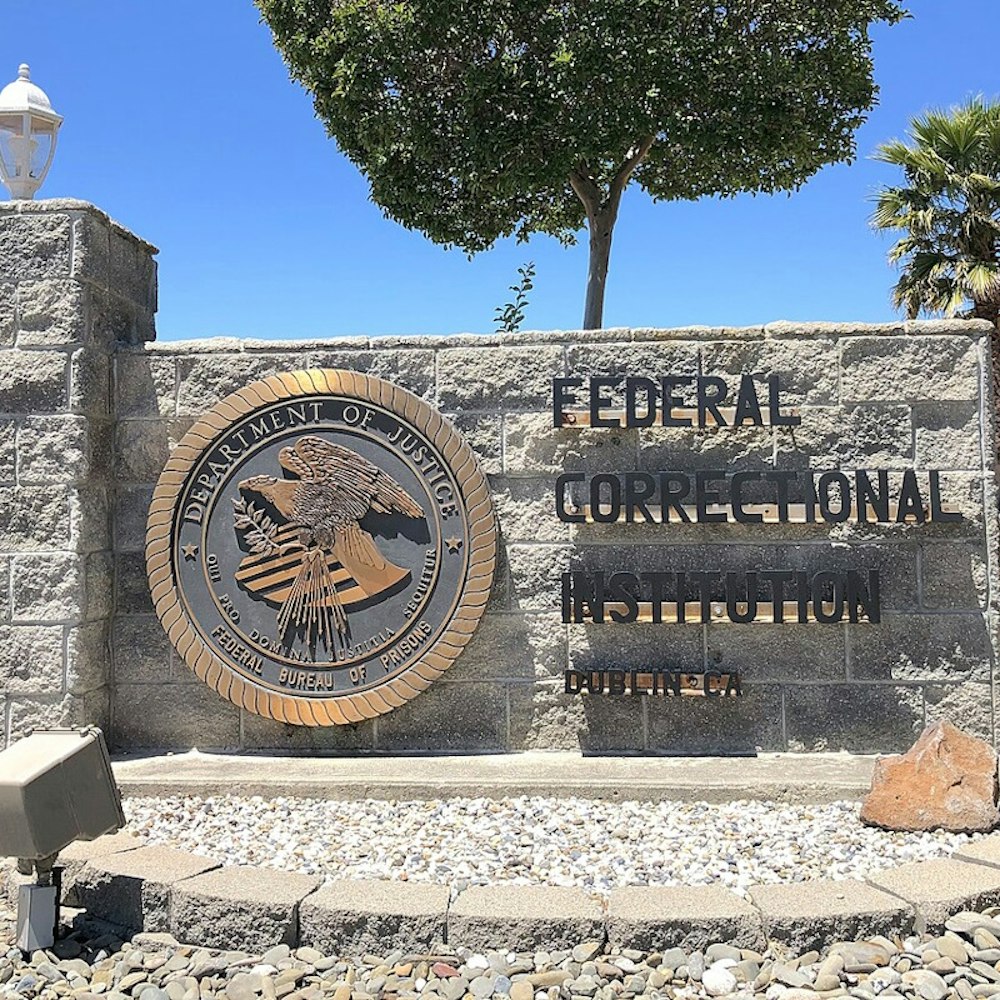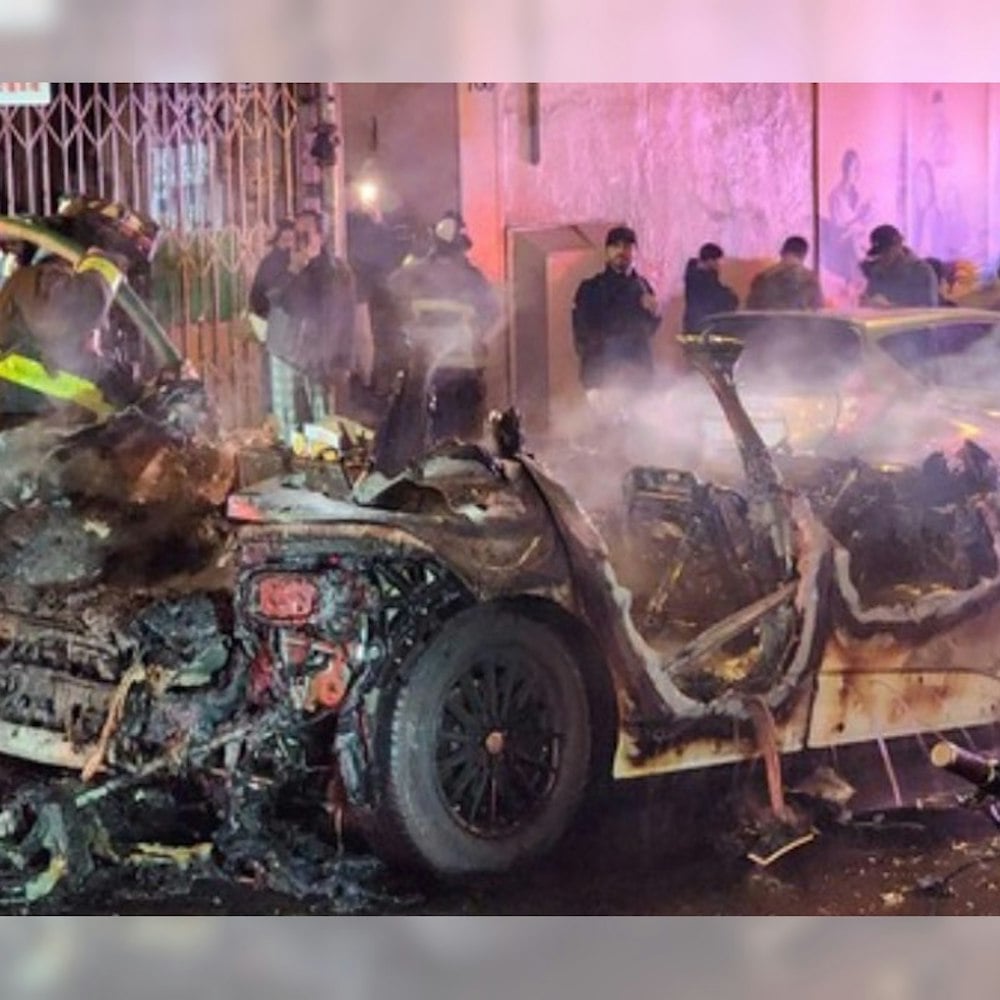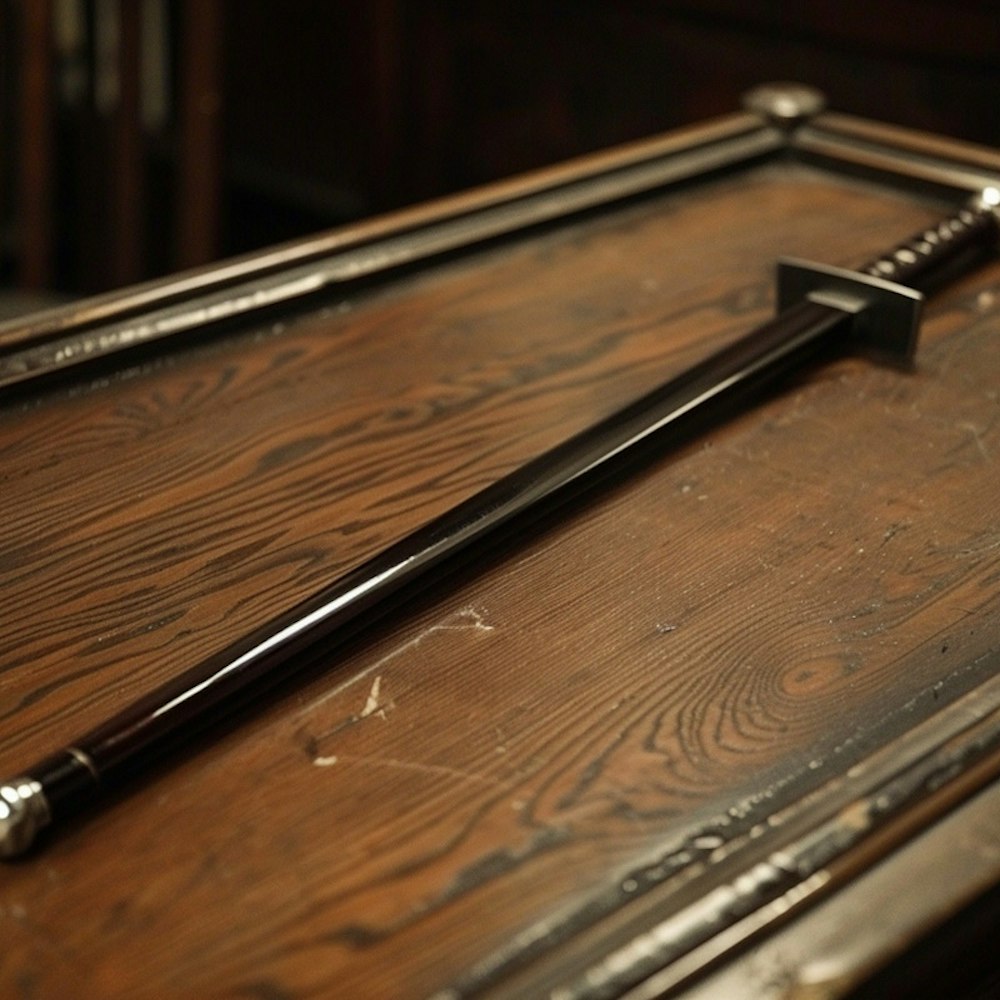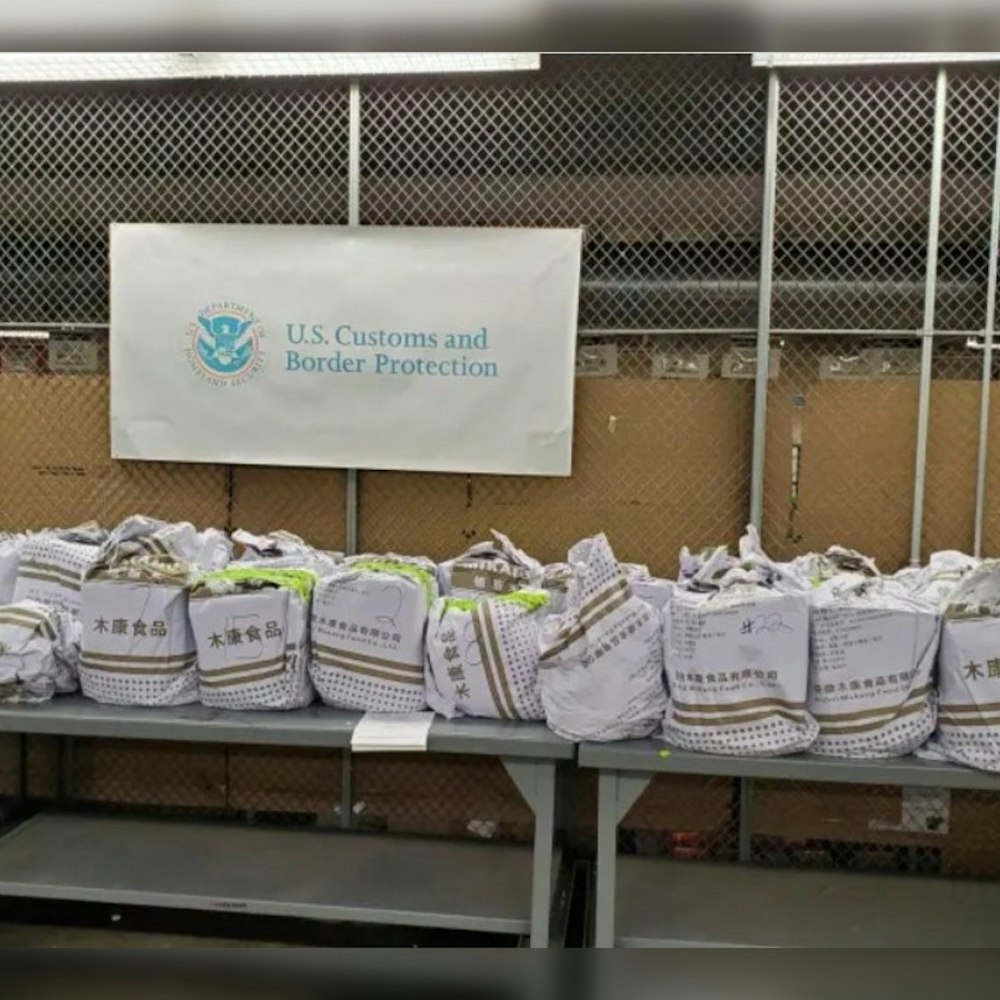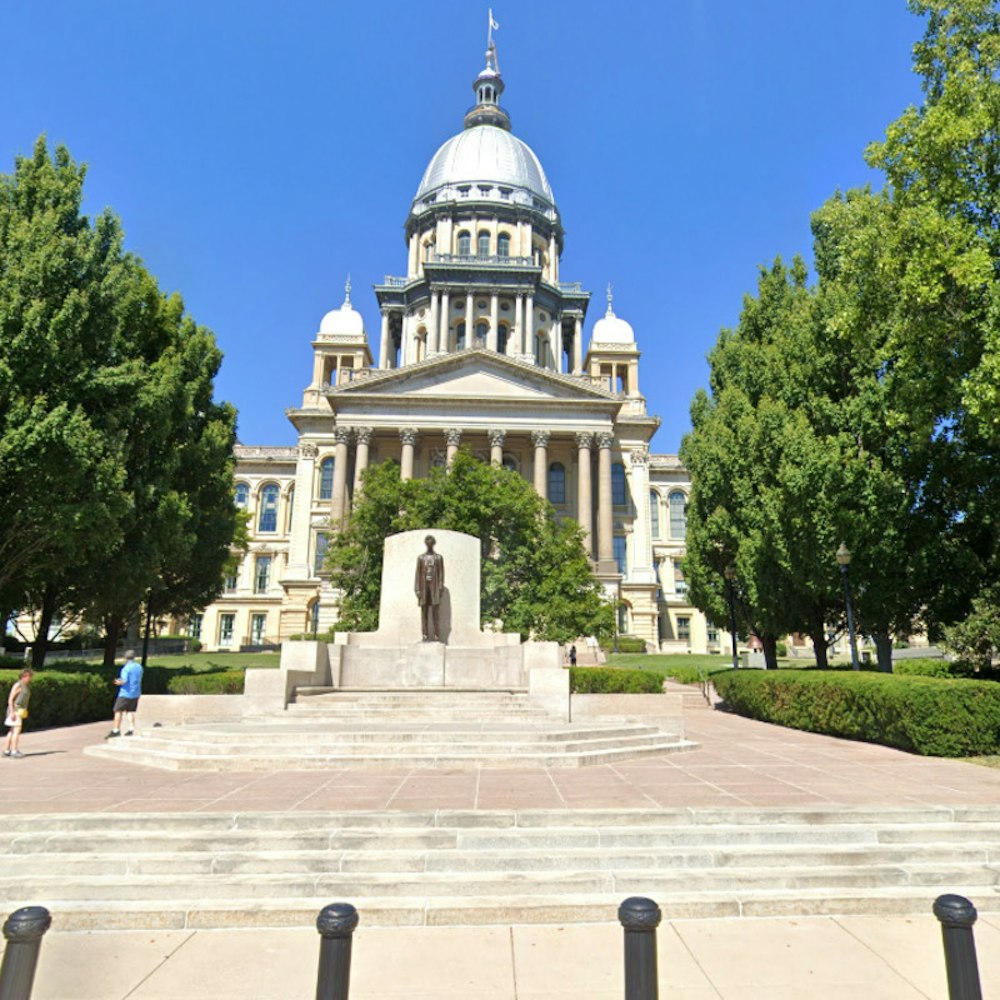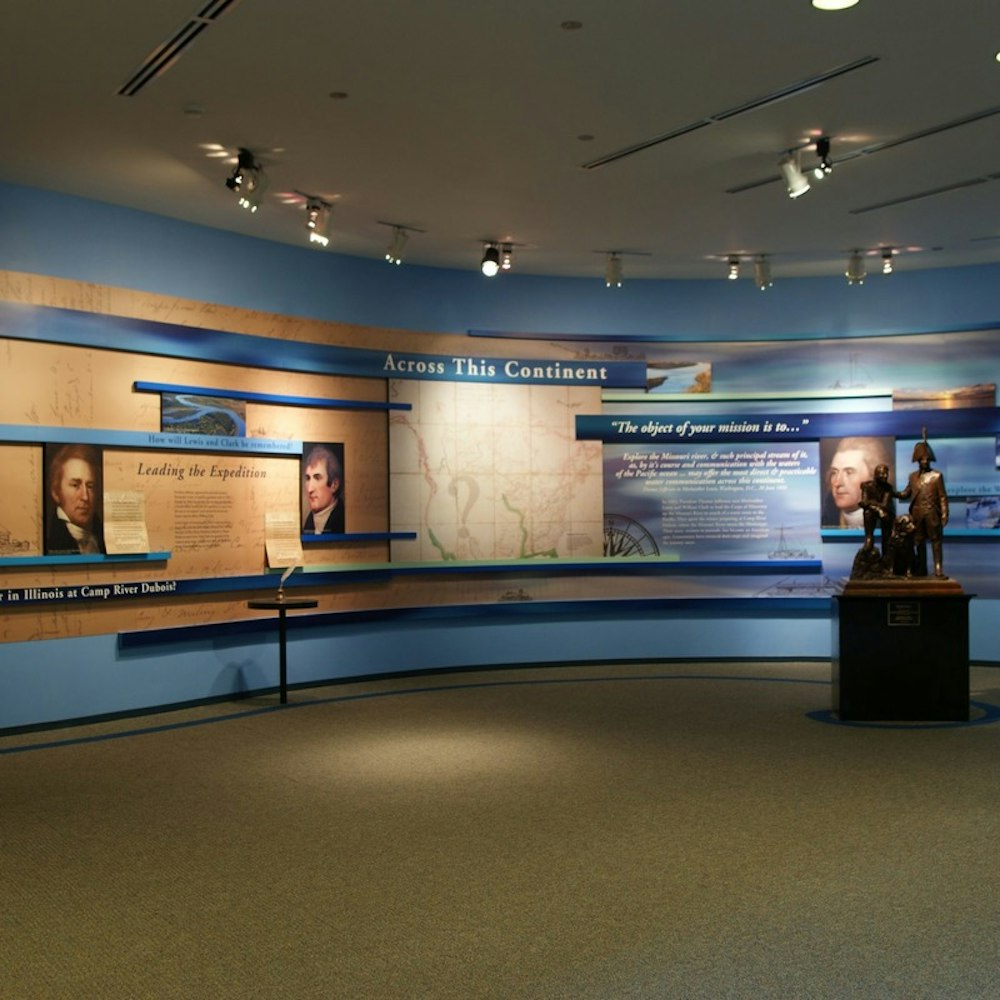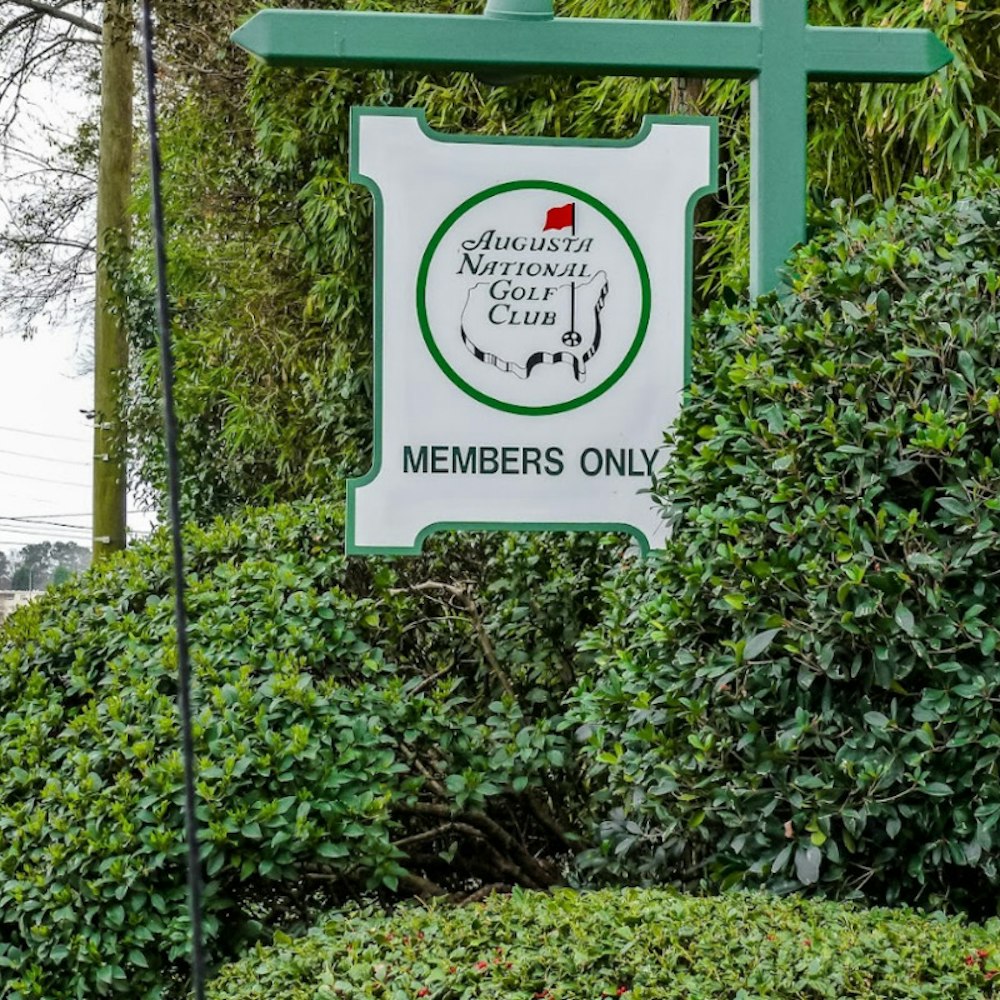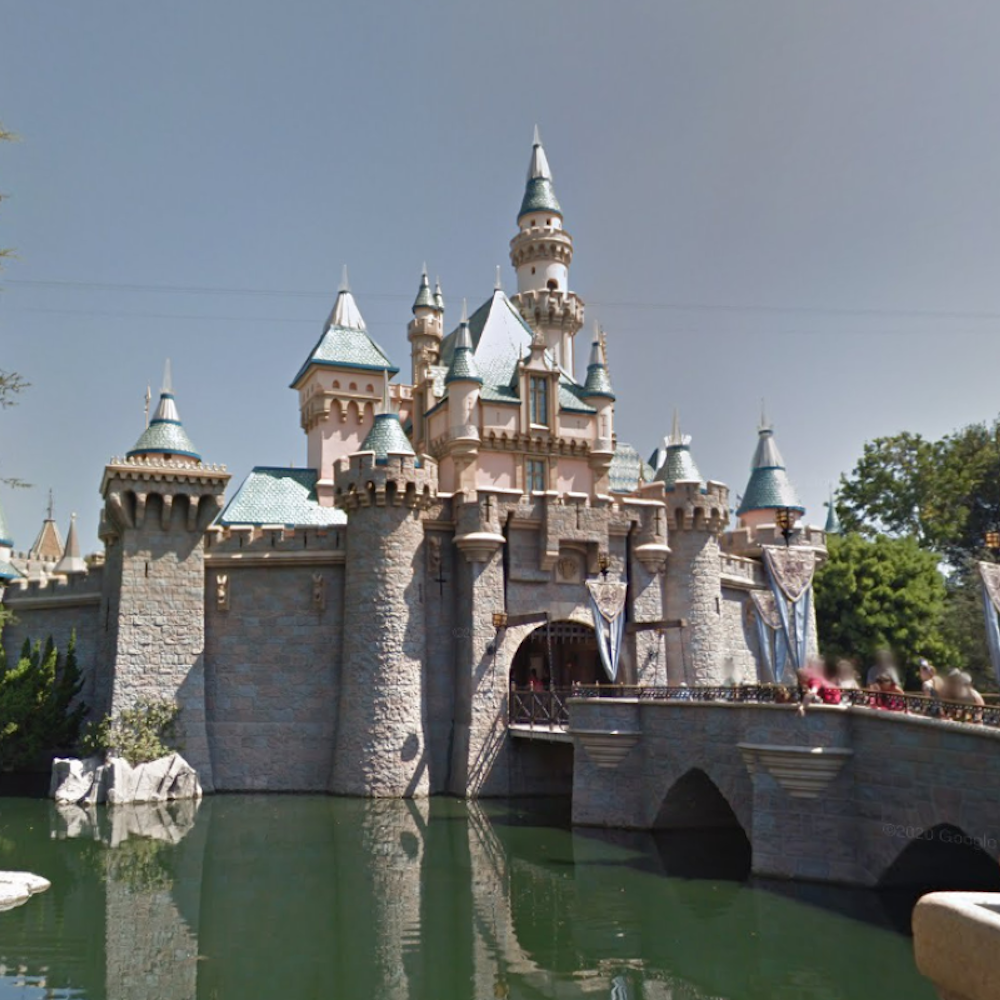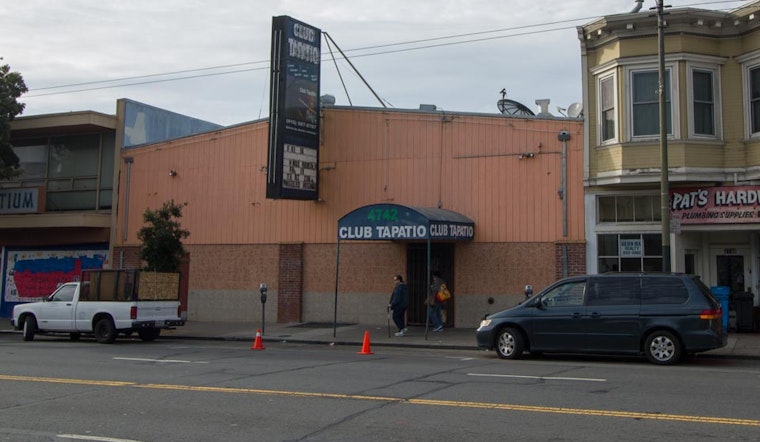
An Excelsior building that has housed at least four nightclubs in the past 80 years closed its doors in July as its owner considers retirement and what to do with the space next.
Estella Torres closed Club Tapatio 12 years after the death of Juan Torres, her husband and the co-owner of the club, says Elvira Amezcua, Torres’ niece.
The couple has owned the club, located at 4742 Mission at Leo Street, for more than 30 years. They bought it to “fulfill a dream of owning a club,” Amezcua says.
Club Tapatio featured a variety of Central American-style bands and orchestras from Los Angeles, playing mostly salsa and Latin music.
City records show that the property went in and out of lien, over the past three years, and was most recently released from a lien in April.

But it was far from the first nightclub to grace 4742 Mission St., a peach-colored building across from the Royal Baking Company’s eye-catching spiked facade.
A city directory lists Star Bocciball as the building’s tenant in 1940, three years after the building was completed.
While the city’s newspaper morgues make no mention of Star Bocciball, the building’s next two tenants, Club New Yorker and Rock Garden, were highlighted in the Examiner and Chronicle throughout the 1960s.
The first mention of Club New Yorker details a lawsuit between an employee and the club’s owner, James D. Volpe.
Lynne Columbo sued for a $48,000 settlement because Volpe, described as “a prosperous Mission District tavern owner,” had “beaten, kicked and punched, jumped upon and mauled,” her and her 15-year-old son, Randal.
Volpe also faced criminal charges, but no further mention of the case could be found in the newspaper archives.
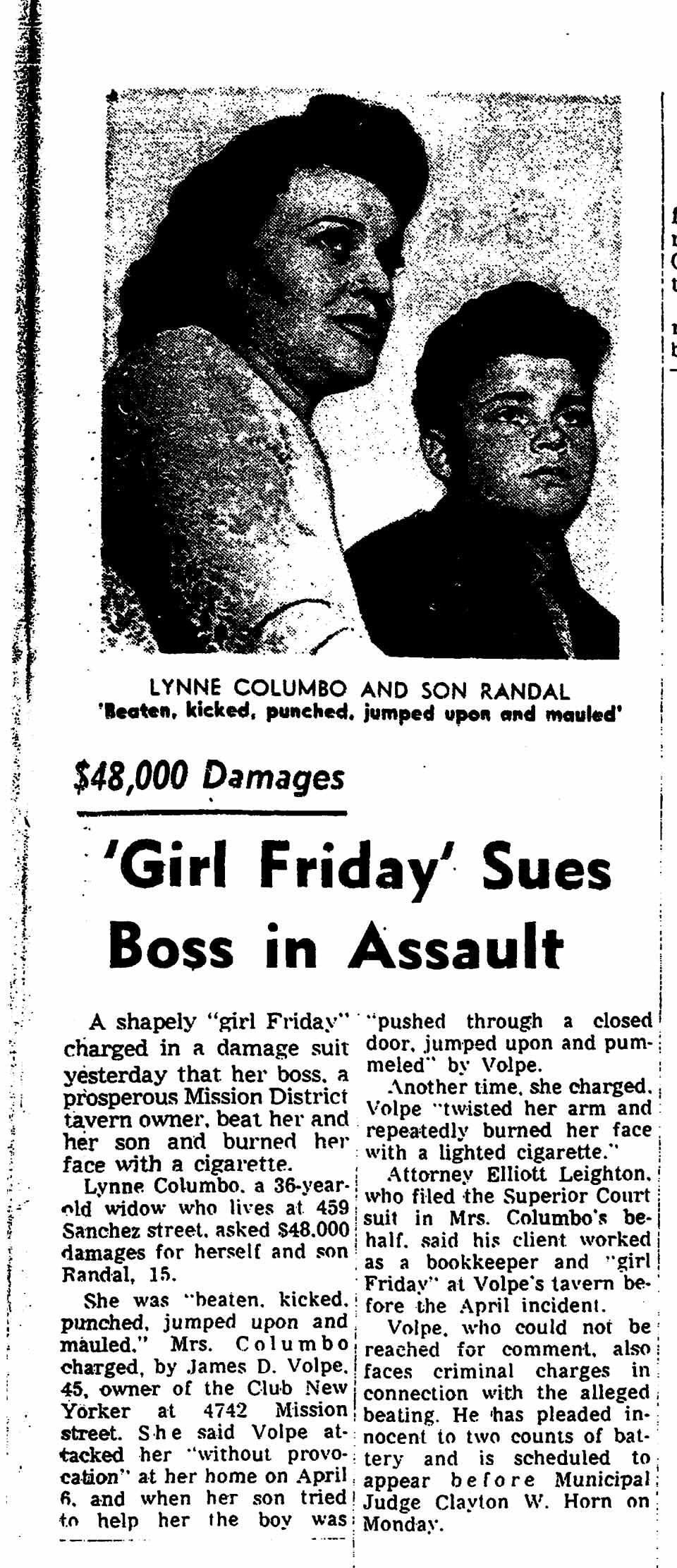
The venue reappears in newspaper advertisements and concert reviews throughout 1967 as Rock Garden, “a barn with big ideas and and plenty of money already invested from a North Beach topless goldmine,” according to an Examiner article.
Rock Garden hosted several notable San Francisco bands of the time, including The Grateful Dead, Big Brother and The Holding Company, while advertising itself as having “the best light show in [the] U.S.A.”
Examiner concert reviews from 1967 describe the “hippie” scene that took over the new club with all the lingo of the day.
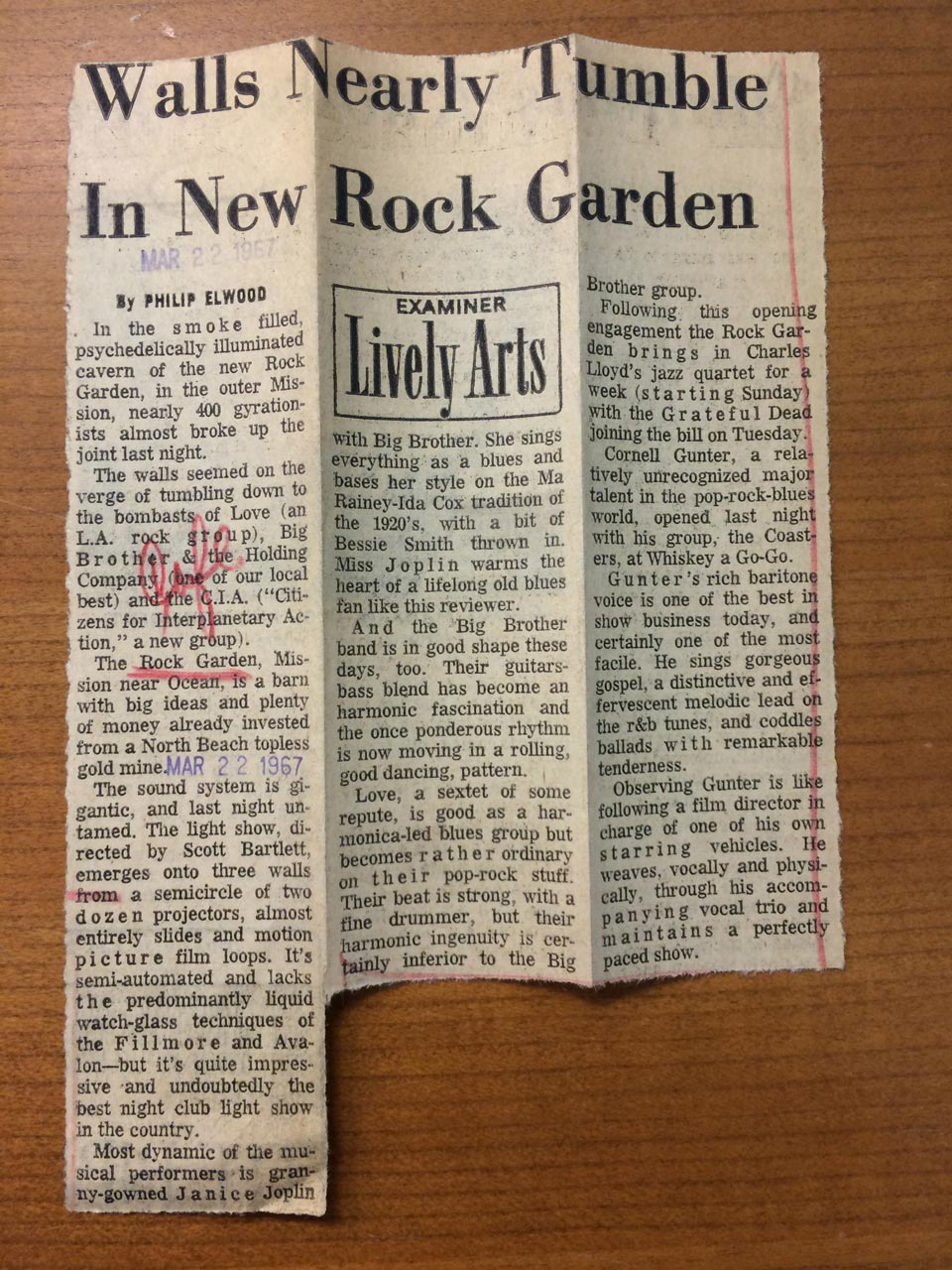
Joan White, the Examiner’s society editor, described a “Color Celebration” held at Rock Garden in July 1967.
“Guests were asked to come as their ‘essence in color’ but the results were not as revealing as they might have been, thanks to the nightclub’s black lighting and psychedelic light shows,” the article begins.
Guests included a woman dressed in purple, green and red animal prints, who “carried a bag of psychedelic marshmallows which she claimed would replace the banana” and California Supreme Court Justice Stanley Mosk, who was decked out in patriotic colors in honor of July 4th.
In 1969 and 1970, the club returned as Club New Yorker, advertised as “San Francisco’s newest and largest dance club.”
The new Club New Yorker featured live music, dance competitions with a $600 prize pool, and a dance floor that the Chronicle noted “looks like to belongs [sic] in Las Vegas!”
Although the newspaper morgues make no mention of Club Tapatio, Amezcua says there were many good times at the nightclub under her aunt and uncle’s ownership.
Reviewers on Facebook and Yelp had mostly positive things to say about Club Tapatio.
One commenter called the club's music choice as "the cream of the crop in [live] Latin music" and praised the wide range of music the DJs played including cumbia, merengue, bachata, banda, reggae and salsa music.
